What Telescope Is Best For Astrophotography ?
There are several telescopes that are commonly recommended for astrophotography, depending on your specific needs and budget. Some popular options include the Celestron NexStar 8SE, the Orion 8" f/3.9 Newtonian Astrograph, and the Sky-Watcher Esprit 100ED. These telescopes offer good optical quality, suitable focal lengths, and sturdy mounts for capturing high-quality images of celestial objects. However, it's important to note that astrophotography requires more than just a telescope. You will also need a camera, a sturdy tripod or mount, and various accessories such as filters and adapters. Additionally, it's worth considering your level of experience and the specific objects you wish to photograph, as different telescopes may be better suited for different purposes. It's always a good idea to do thorough research and consult with experienced astrophotographers before making a purchase.
1、 Aperture: Larger aperture telescopes capture more light for astrophotography.
When it comes to astrophotography, the choice of telescope plays a crucial role in capturing stunning images of the night sky. While there are several factors to consider, one of the most important is the aperture of the telescope.
Aperture refers to the diameter of the telescope's primary mirror or lens. Larger aperture telescopes capture more light, allowing for better astrophotography results. This is because a larger aperture collects more photons, resulting in brighter and more detailed images. It also enables the telescope to gather more light from faint celestial objects, such as distant galaxies or nebulae.
In recent years, there have been significant advancements in telescope technology, particularly in the field of astrophotography. Many manufacturers now offer specialized telescopes designed specifically for capturing stunning images of the night sky. These telescopes often feature larger apertures, allowing for better light-gathering capabilities.
However, it is important to note that the best telescope for astrophotography depends on various factors, including the specific type of astrophotography you wish to pursue. For deep-sky astrophotography, where capturing faint and distant objects is the goal, a larger aperture telescope, such as a reflector or a Schmidt-Cassegrain telescope, is generally recommended.
On the other hand, if you are interested in planetary astrophotography, where capturing fine details of planets is the primary objective, a telescope with a smaller aperture but higher focal length, such as a refractor, may be more suitable.
Ultimately, the best telescope for astrophotography is one that aligns with your specific needs and budget. It is always advisable to do thorough research, seek advice from experienced astrophotographers, and consider factors such as portability, mount stability, and camera compatibility before making a purchase.
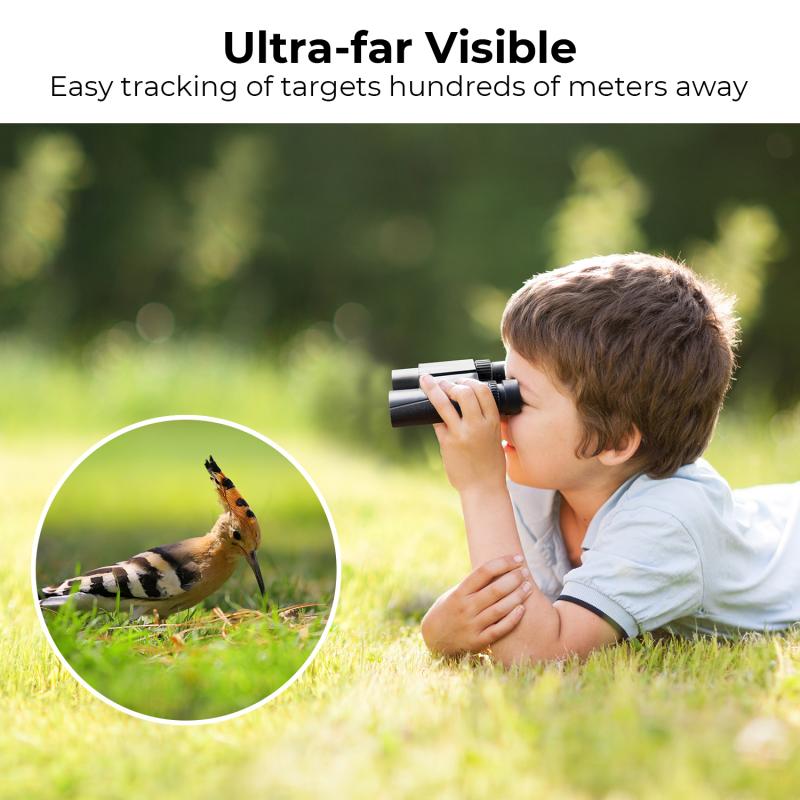
2、 Focal Length: Longer focal length telescopes provide higher magnification for astrophotography.
The best telescope for astrophotography depends on various factors, including personal preferences, budget, and the specific type of astrophotography one wishes to pursue. However, when it comes to focal length, longer focal length telescopes generally provide higher magnification for astrophotography.
Astrophotography involves capturing images of celestial objects such as planets, galaxies, and nebulae. Longer focal length telescopes, typically in the range of 800mm to 2000mm or more, allow for greater magnification of these objects. This is particularly useful when photographing smaller objects like planets, where higher magnification helps capture more detail.
However, it's important to note that longer focal length telescopes also have some drawbacks. They have a narrower field of view, making it more challenging to capture larger objects like galaxies or wide-field views of the night sky. Additionally, longer focal length telescopes require more precise tracking and guiding to compensate for the increased magnification, which can be more demanding for beginners.
In recent years, there have been advancements in technology that have made shorter focal length telescopes more popular for astrophotography. These telescopes, often referred to as "wide-field" or "fast" telescopes, have focal lengths typically ranging from 300mm to 800mm. They offer a wider field of view, making them ideal for capturing larger objects or wide-field astrophotography.
Furthermore, advancements in camera technology, such as higher resolution sensors and improved noise reduction capabilities, have made it possible to capture detailed images even with shorter focal length telescopes. This has led to a shift in the astrophotography community towards using shorter focal length telescopes for a wider range of subjects.
Ultimately, the choice of telescope for astrophotography depends on the specific goals and preferences of the photographer. Longer focal length telescopes provide higher magnification, which is advantageous for capturing fine details of smaller objects. However, shorter focal length telescopes offer a wider field of view and are more versatile for capturing larger objects or wide-field views of the night sky.
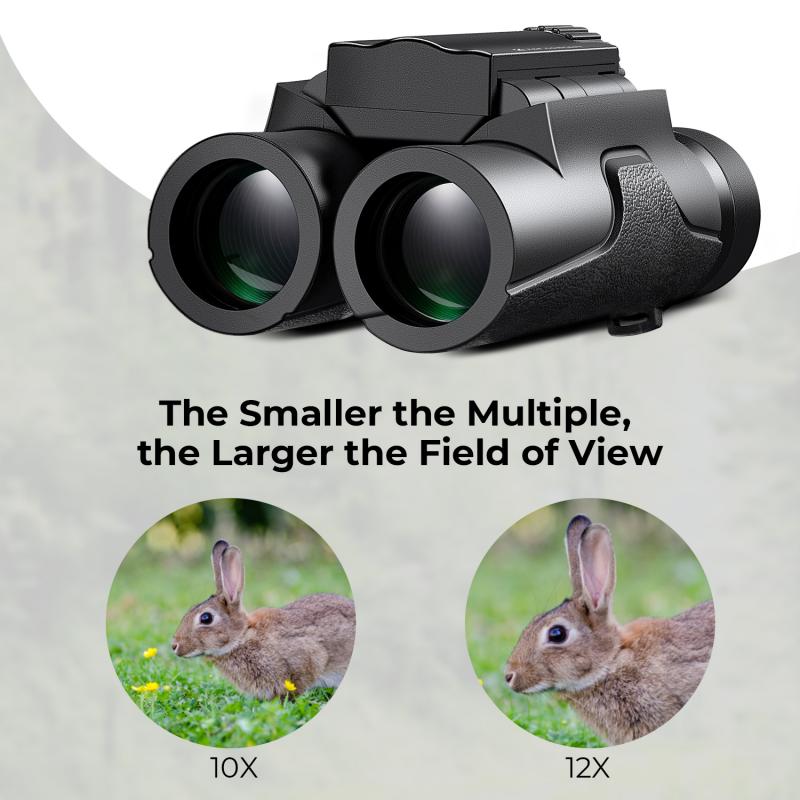
3、 Mount Type: Equatorial mounts offer better tracking for long-exposure astrophotography.
When it comes to astrophotography, choosing the right telescope is crucial for capturing stunning images of the night sky. While there are several factors to consider, one of the most important aspects is the mount type. Equatorial mounts are generally considered the best option for long-exposure astrophotography.
Equatorial mounts are designed to align with the Earth's axis of rotation, allowing for precise tracking of celestial objects as they move across the sky. This is particularly important for long-exposure photography, where the telescope needs to track a specific object for an extended period of time to capture detailed images.
The smooth and accurate tracking provided by equatorial mounts minimizes star trailing and allows for longer exposure times, resulting in sharper and more detailed images. This is especially beneficial when photographing deep-sky objects such as galaxies, nebulae, and star clusters.
In recent years, there have been advancements in technology that have improved the performance of equatorial mounts for astrophotography. Many modern equatorial mounts now come with built-in computerized tracking systems, known as GoTo mounts, which can automatically locate and track celestial objects. These systems make it easier for beginners to get started with astrophotography and reduce the learning curve associated with manual tracking.
Additionally, some equatorial mounts now offer features like autoguiding, which uses a separate camera and software to continuously adjust the telescope's tracking to compensate for any slight errors. This further enhances the accuracy and precision of tracking, resulting in even better astrophotography results.
While equatorial mounts are generally recommended for astrophotography, it's important to consider other factors such as the telescope's aperture, focal length, and image quality. These factors will also play a significant role in determining the overall performance and suitability of a telescope for astrophotography.
In conclusion, when it comes to astrophotography, equatorial mounts are the preferred choice for long-exposure imaging. Their ability to accurately track celestial objects over extended periods of time minimizes star trailing and allows for sharper and more detailed images. With advancements in technology, modern equatorial mounts now offer features like computerized tracking and autoguiding, making astrophotography more accessible and easier for beginners. However, it's important to consider other factors such as telescope specifications to ensure the best results in astrophotography.
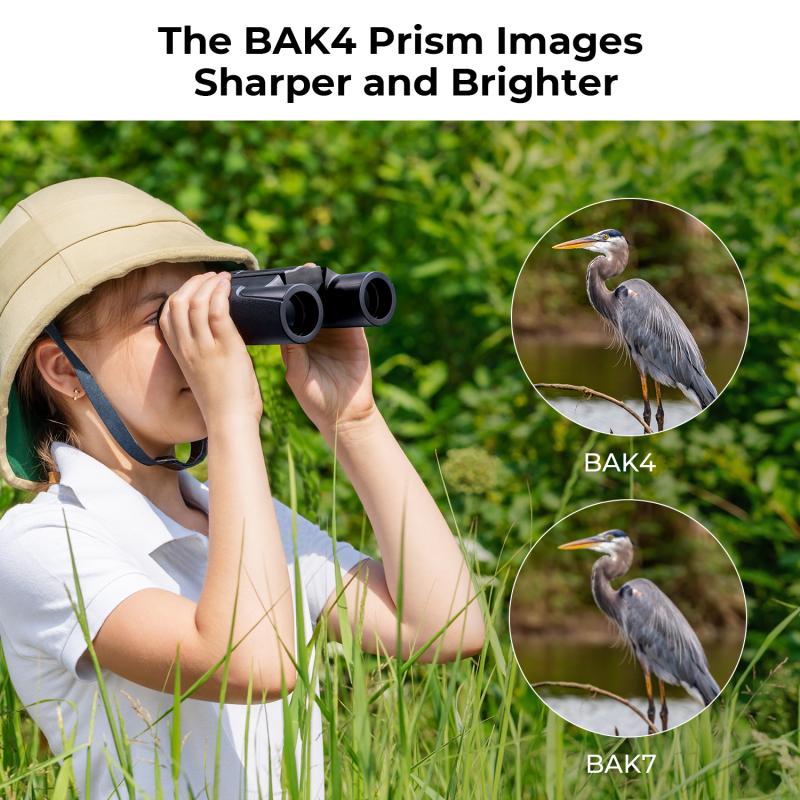
4、 Sensor Size: Telescopes compatible with larger camera sensors yield better image quality.
When it comes to astrophotography, choosing the right telescope is crucial for capturing stunning images of the night sky. While there are various factors to consider, one key aspect to focus on is the sensor size. Telescopes compatible with larger camera sensors tend to yield better image quality.
A larger sensor allows for more light to be captured, resulting in improved image detail and reduced noise. It also provides a wider field of view, allowing you to capture more of the night sky in a single frame. This is particularly important for astrophotography, as it enables you to capture expansive celestial objects such as galaxies and nebulae.
In recent years, there have been advancements in camera sensor technology, with larger sensors becoming more accessible and affordable. Full-frame sensors, which are equivalent in size to traditional 35mm film, have gained popularity among astrophotographers due to their ability to capture more light and produce high-resolution images.
When selecting a telescope for astrophotography, it is essential to ensure that it is compatible with your camera's sensor size. Many telescopes are designed to accommodate various camera formats, including full-frame, APS-C, and micro four-thirds. However, it is worth noting that larger sensors may require specific adapters or accessories to achieve optimal results.
Additionally, other factors such as the telescope's focal length, aperture, and tracking capabilities should also be considered. These factors play a significant role in determining the level of detail and clarity in your astrophotography images.
In conclusion, when it comes to astrophotography, telescopes compatible with larger camera sensors offer better image quality. As technology continues to advance, it is becoming increasingly accessible to capture breathtaking images of the night sky. However, it is important to consider other factors such as focal length, aperture, and tracking capabilities to ensure a well-rounded astrophotography setup.
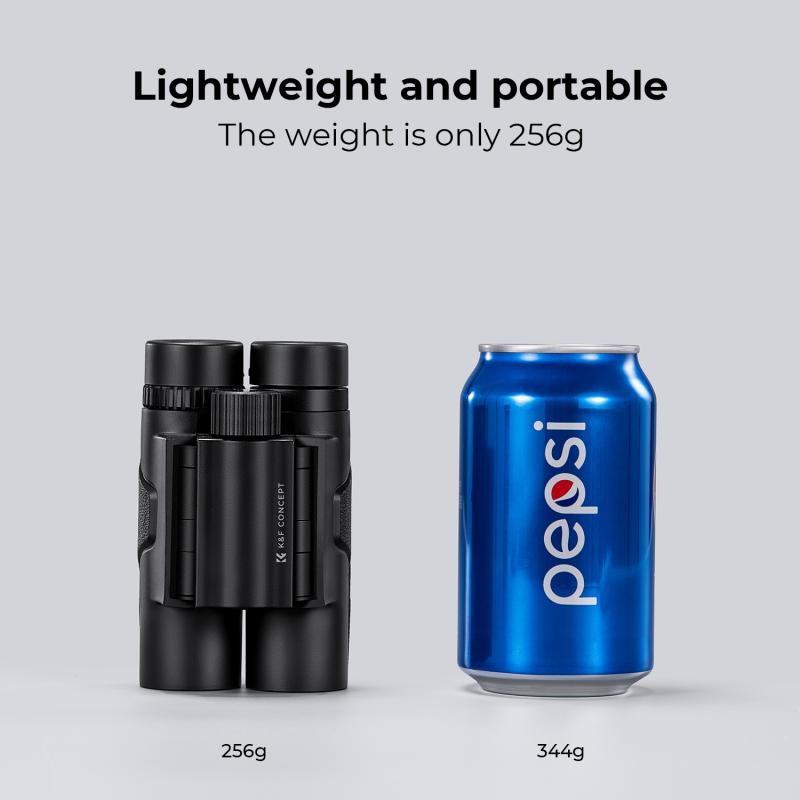






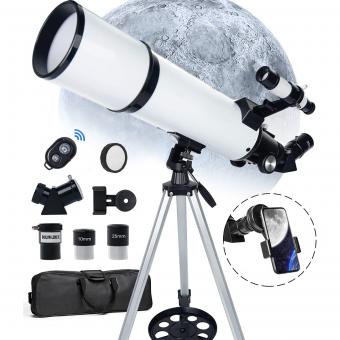
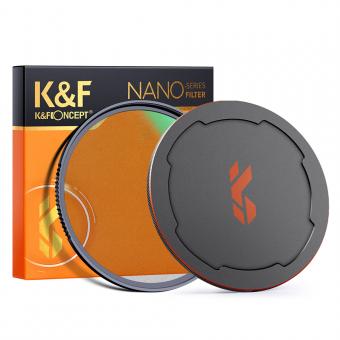
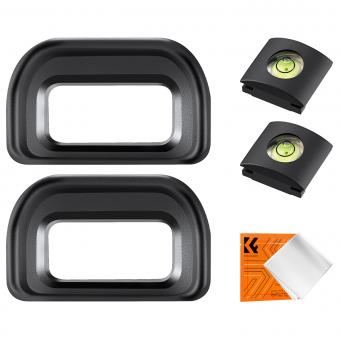
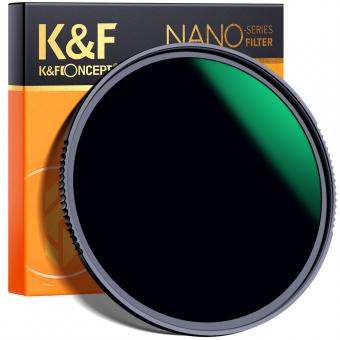
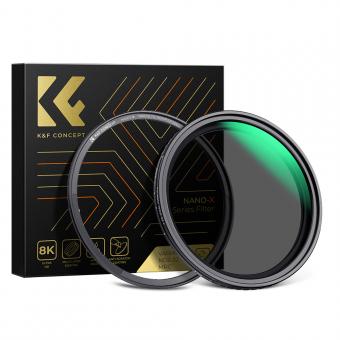


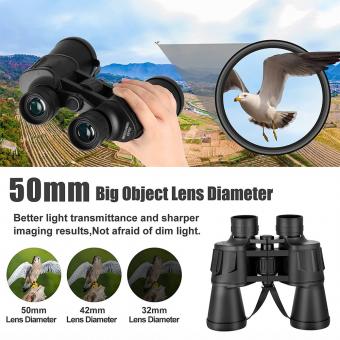



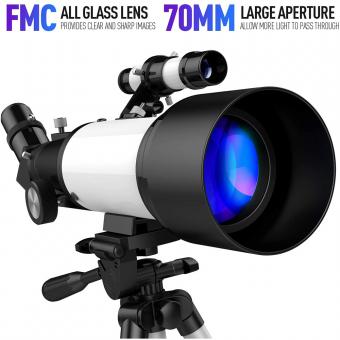


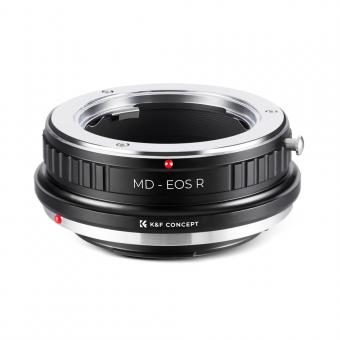



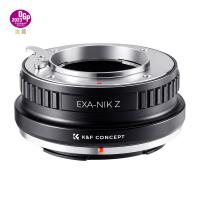
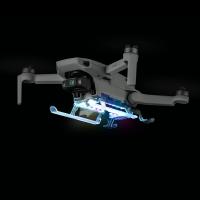

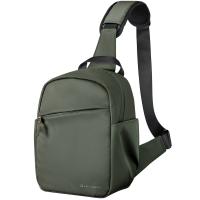

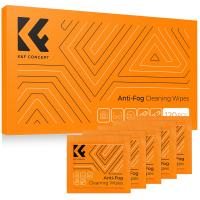
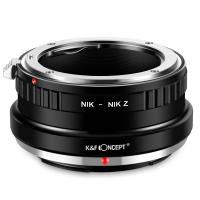

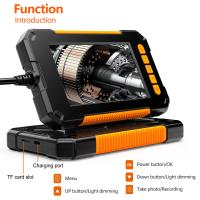
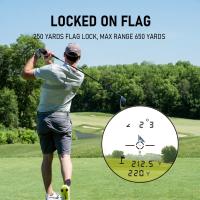

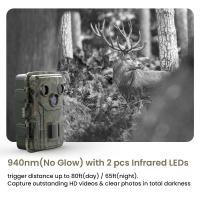
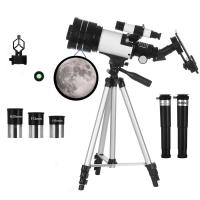
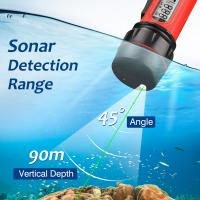
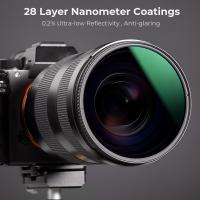


There are no comments for this blog.